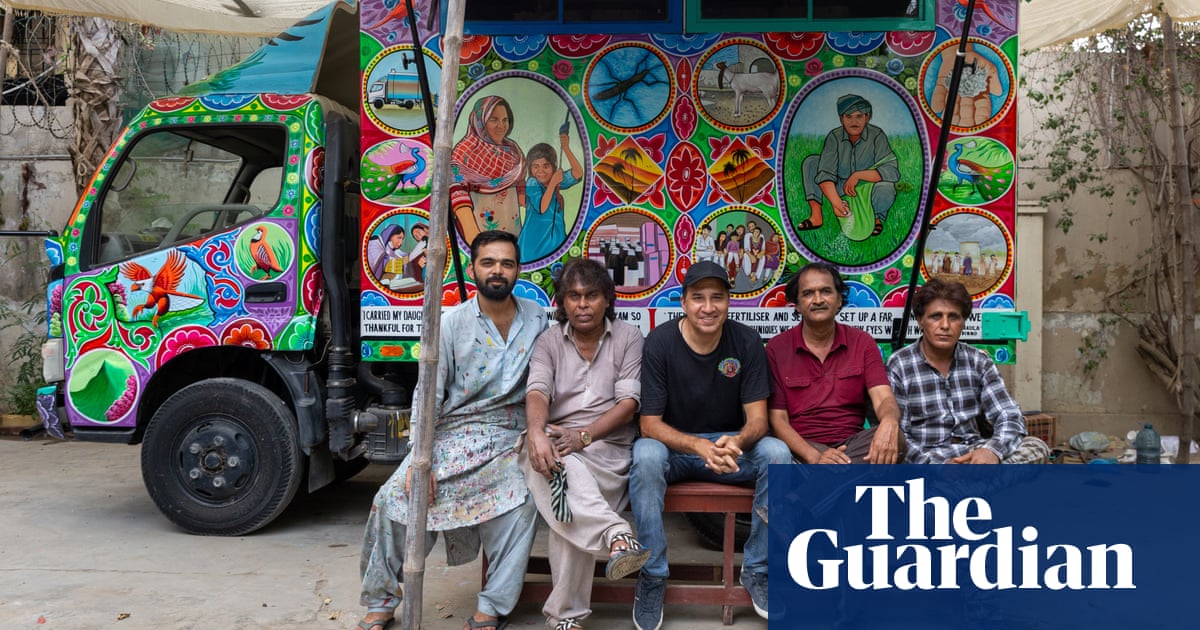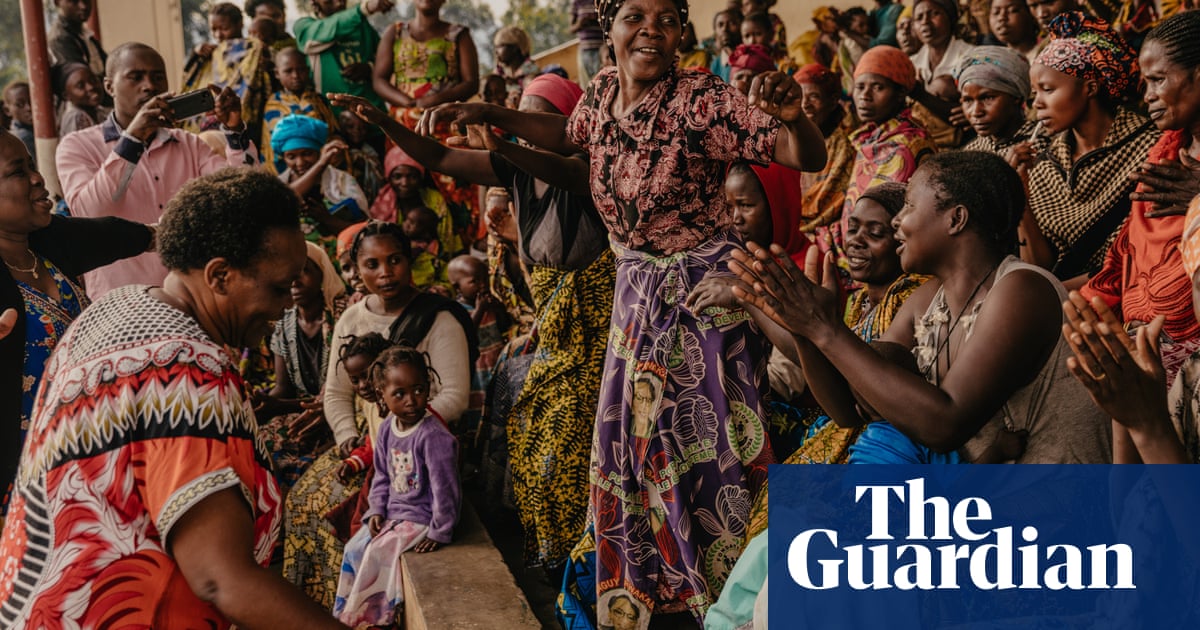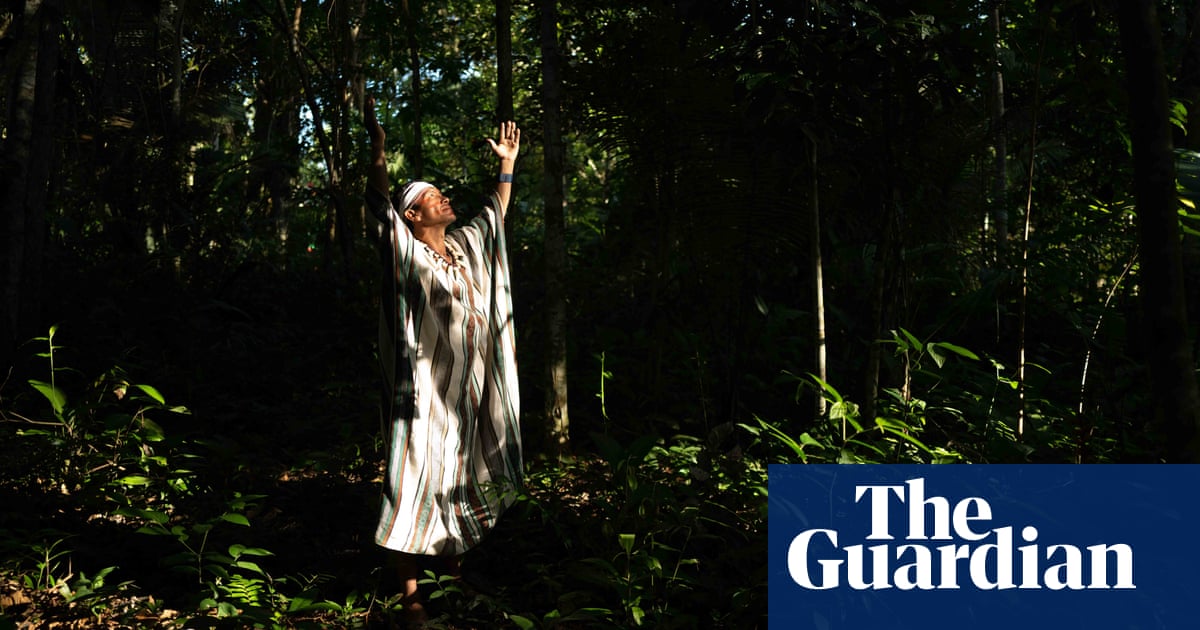
There is an irrestible energy in mountains, says Purnima Shrestha. “There have been so many memorable moments, all the challenges and successes. There is one video of me bawling on Kanchenjunga [in the Nepal Himalayas] after a successful summit. It took us 22 hours to reach the top from Camp 4. I still feel emotional thinking about that incredible experience.”
Shrestha, 31, is among a new generation of Nepali women shattering societal expectations and the glass ceiling in Nepal’s male-dominated mountaineering industry. Not only has she climbed seven of Nepal’s 8,000m-plus peaks, she completed them in four years and eight months, becoming the fastest Nepali woman to do so. Now she has her sights set on becoming one of the few people in the world to complete the 14-summit challenge.
Shrestha never aspired to be a mountaineer. After school she moved to Kathmandu where she studied to become a photojournalist. However, a photography assignment in 2017 covering the annual Everest Marathon introduced her to the world of mountaineering.
“I was completely taken by the Himalaya and I regretted that it took me so long to meet the mountains. I declared to my friends that I wanted to climb Everest,” she says. “I wanted to know how it feels to climb to the top of the world; the view you get from there, how difficult it is.”
Loans from those friends allowed her to test herself by climbing her first big peak, 8,163m Manāslu in the Nepal Himalayas.
“It was hard, very hard,” says Shrestha. “I now realise why people told me not to do it. Luckily, we had great weather and a great team, and I was successful. Afterwards, I was the talk of the town as the Nepali girl from Arughat who’d never even climbed 5,000m until Manāslu.” A year later, she was on top of the world, at the summit of Everest.
“Everest was definitely harder than Manāslu. I thought I was done and I would return to photojournalism,” she says. “But it is human nature to want more. Everest was obviously not the last. I have not stopped climbing since.”
Tenzing Norgay became the first Nepali to climb Everest when he reached the summit with Sir Edmund Hillary in 1953. It was 40 years later that a Nepali woman scaled the mountain, Pasang Lhamu Sherpa who tragically died on the way down.
In April 2021, Shrestha and five others became the first Nepali women to climb the 8,091-metre Annapurna I. “Preparing for the Annapurna expedition, I realised how far behind Nepali women were in mountaineering, because no Nepali women had climbed it until now. The number of women who are into mountaineering can still be counted on [your] fingers.”
Pasang Lhamu Sherpa was posthumously named one of Nepal’s 18 national heroes, but cultural and financial barriers continue to deter women.
In 2014 two expeditions highlighted women’s mountaineering: Nepali standup-comic Shailee Basnet led an all-female team to complete the Seven Summits challenge – the quest to climb the highest peak on each continent.
In Pakistan, Dawa Yangzum Sherpa, Pasang Lhamu Sherpa Akita and Maya Sherpa became the first Nepali women to ascend K2, “the savage mountain”.
Trekking guide Dawa Yangzum Sherpa, 32, who grew up in eastern Nepal’s Rolwaling valley, was hired as part of an Everest expedition in 2012, opening a new career path for her as a mountain guide at high altitude. In 2017, aged 27, she became the youngest woman to gain the prestigious International Federation of Mountain Guides Association certification.
“That opened a lot of doors for me. After getting the certification, I got opportunities to lead expeditions in Nepal and abroad, in Russia and the US. I also went on to become the first Nepali North Face athlete.,” she says.
When Pasang Lhamu Sherpa Akita started training as a trekking guide after leaving school all the mountaineering guides were men. It motivated her to break into the field. In 2006, she was awarded a scholarship for a mountaineering course in France, and became Nepal’s first female mountaineering instructor.
She worked as a guide in America and Nepal, eventually settling in Kathmandu. After having her son in 2017, she took a break.
“It was the best, having four years with him. But I was missing the mountains. Then Covid happened and I gained weight, and mentally, physically, emotionally, everything had changed. I wasn’t sure if I should go back,” says the 38-year-old. But in April 2021 she joined Dawa Yangzum Sherpa, Purnima Shrestha and three other Nepali women on the Annapurna I expedition.
“Because I was not guiding, I had no pressure. I really missed my son but I felt so good [to be back] on a big mountain, with lots of friends, having a good time,” she says.
The pandemic brought Nepal’s mountaineering industry to a halt, a hiatus with a silver lining: with commercial expeditions and trekking cancelled, the women had time to climb recreationally.
“I was never into the 14-peaks challenge before. I was more interested in mountain guiding as a career, and teaching climbing. I wanted to earn money, not go after personal quests, but after climbing eight 8,000m peaks, I realise these climbs are quite fun. I feel as if I’m on a vacation when I am doing them for myself, ” says Dawa Yangzum Sherpa.
Money remains the biggest barrier to all three completing the 14 peaks. Shrestha hasn’t received sponsorship from outside Nepal yet, but is confident she can tackle 14 peaks in a year or two if she gets support. “Now that I have seen the greatest heights of our planet, I would like to explore the depths of our oceans as well, becoming an outdoor photographer and adventurer working for the likes of National Geographic and Discovery,” she says.
Meanwhile Dawa Yangzum Sherpa has been training girls who may one day follow in her footsteps. So far she has taught more than 40 girls at the Khumbu Climbing Center under the Didi (big sister) initiative, a programme to help girls earn a livelihood in the mountains.
Pasang Lhamu Sherpa Akita hopes her achievements will inspire younger girls. “I wanted other [Nepali] women and girls to see that mothers and wives can do this kind of job. I was asked ‘What are you going to do after marriage?’ If I can continue [after getting married and having a baby], then whoever comes after me, will see that anybody can manage,” she says. “Someday I hope to hear: ‘Oh, your mother is in the mountain. OK, that’s fine’.”












